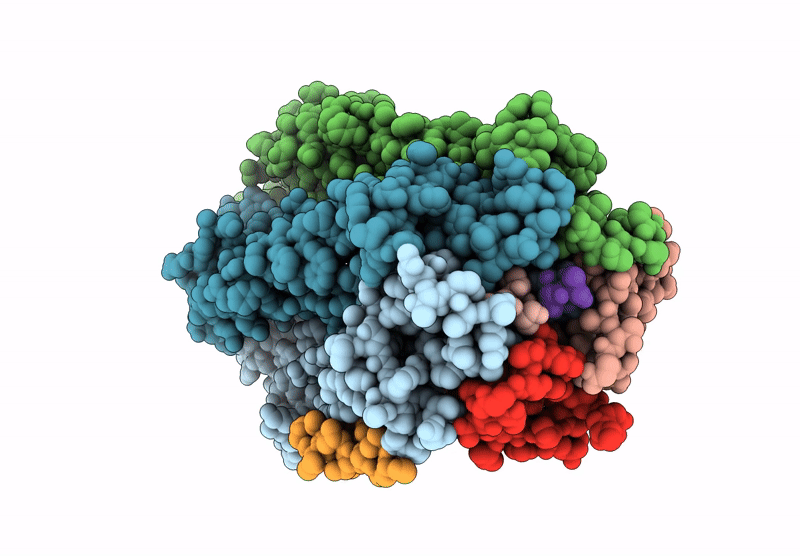
Deposition Date
2024-08-28
Release Date
2025-07-09
Last Version Date
2025-07-16
Method Details:
Experimental Method:
Resolution:
3.19 Å
Aggregation State:
PARTICLE
Reconstruction Method:
SINGLE PARTICLE


